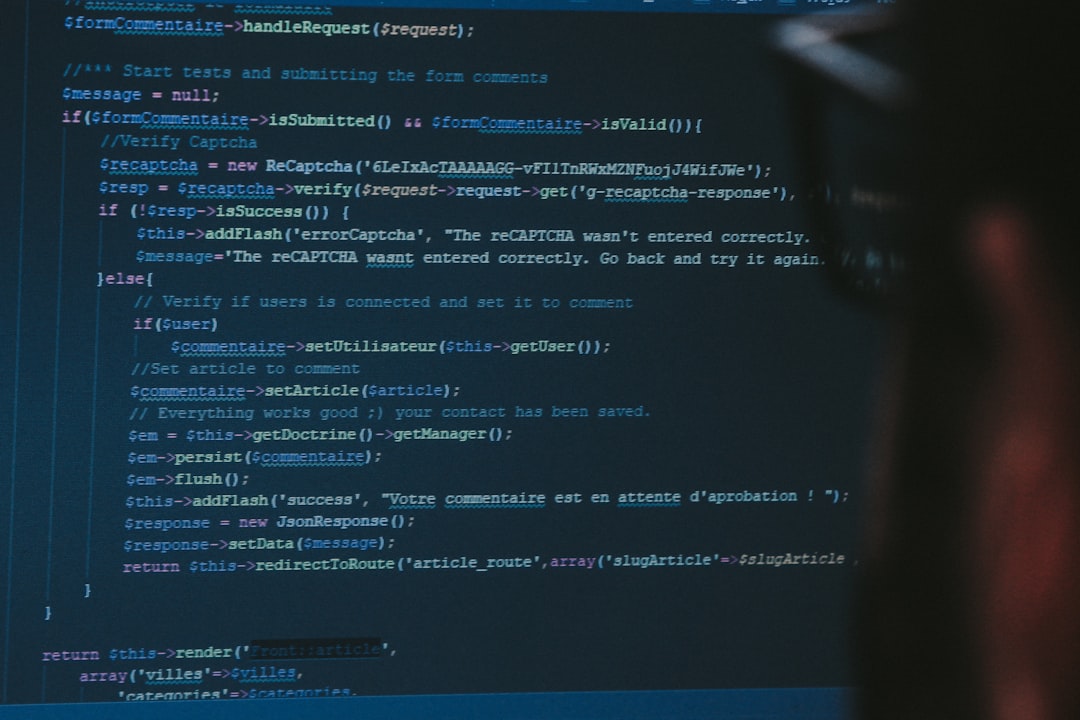NextGenBeing Founder

Listen to Article
Loading...Introduction to Cloud-Native Applications
You've scaled your application to 10 million requests per day. Suddenly, your database connection pool is maxed out, and your team is struggling to keep up with the demand. This is a common problem in production scenarios, and it's where Kubernetes comes in.
The Problem We Faced
Our team faced a similar problem when we scaled our application to 10 million requests per day. We were using a traditional monolithic architecture, and it was becoming increasingly difficult to manage and scale. We needed a solution that would allow us to scale our application horizontally, while also providing high availability and fault tolerance.
What is Kubernetes?
Kubernetes is an open-source container orchestration system for automating the deployment, scaling, and management of containerized applications. It was originally designed by Google, and is now maintained by the Cloud Native Computing Foundation (CNCF).
Why Choose Kubernetes?
We chose Kubernetes because it provides a highly scalable and flexible way to deploy and manage containerized applications.
Unlock Premium Content
You've read 30% of this article
What's in the full article
- Complete step-by-step implementation guide
- Working code examples you can copy-paste
- Advanced techniques and pro tips
- Common mistakes to avoid
- Real-world examples and metrics
Don't have an account? Start your free trial
Join 10,000+ developers who love our premium content
Never Miss an Article
Get our best content delivered to your inbox weekly. No spam, unsubscribe anytime.
Comments (0)
Please log in to leave a comment.
Log InRelated Articles

Implementing Zero Trust Architecture with OAuth 2.1 and OpenID Connect 1.1: A Practical Guide
Oct 25, 2025

Building a RegTech Compliance Automation Platform with Hyperledger Fabric 2.4, Corda 5.0, and Camunda 8.2: A Comparative Analysis of Blockchain-Based Solutions
Nov 10, 2025

10x Faster Deployment: Mastering Pulumi 1.5 with Kubernetes 1.30 and Docker 24.0
Oct 20, 2025
🔥 Trending Now
Trending Now
The most viewed posts this week
📚 More Like This
Related Articles
Explore related content in the same category and topics

Diffusion Models vs Generative Adversarial Networks: A Comparative Analysis

Implementing Zero Trust Architecture with OAuth 2.1 and OpenID Connect 1.1: A Practical Guide

Implementing Authentication, Authorization, and Validation in Laravel 9 APIs


